
OR
Industrialists slam new electricity tariff rates proposed by NEA
Published On: May 26, 2020 09:00 AM NPT By: Republica | @RepublicaNepal
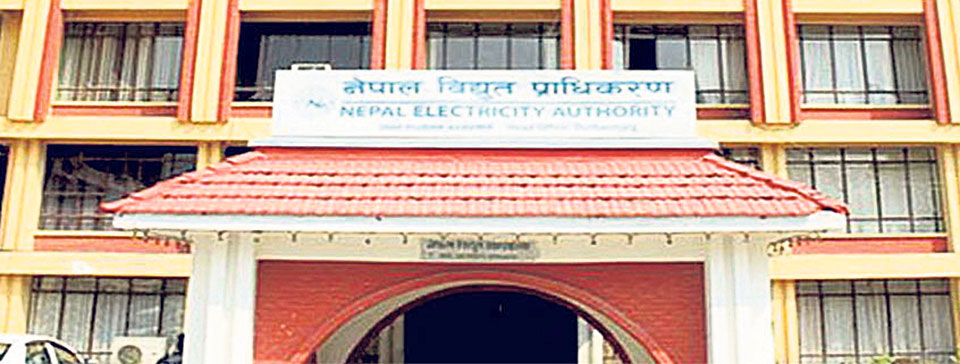
KATHMANDU, May 25: As the Nepal Electricity Authority (NEA) has stepped up efforts to revise the electricity tariff rates stating that the new rates will reduce the cost burden on household consumers, the private sector has criticized the new rates arguing that they will adversely affect the growth of the industrial sector.
If the revised rates get approval, industries will have to pay 10-15 percent more tariff while the commercial sector will have to bear an additional five percent cost for the use of electricity, according to the NEA. Last February, the government-owned power utility forwarded a draft of the revised electricity tariff to Nepal Electricity Regulatory Commission (NERC) for approval. The commission has started public hearings on the new tariffs to give NEA’s proposal a final shape.
Speaking at one such public hearing on Monday, Shekhar Golchha, senior vice-president of the Federation of Nepalese Chambers of Commerce and Industry, said the revised rates will discourage the private sector at a time when 1.5 million people have already lost their jobs due to the ongoing lockdown. “It is not appropriate to hike the tariff rates at a time when NEA’s sales have increased significantly,” said Golchha, adding that the reduction in energy costs will largely help the economy to grow.
Stakeholders said that Nepal’s electricity tariffs are already one of the highest among the South Asian countries. “Nepali industrialists have to pay more than three-folds of the charge being paid in the neighboring countries,” said Golchha.
Gyanendra Lal Pradhan, a National Council member of the Confederation of Nepalese Industries, said the NEA’s step would affect the government targets to raise the country’s gross domestic product via an increase in per capita electricity consumption. “As a number of hydropower projects like Khimti, Bhotekoshi and Chilime will shortly be handed over to the NEA, it will reduce the authority’s production costs,” said Pradhan.
NEA has also proposed to reduce the premium rate on dedicated and trunk lines from the current 65 percent above the normal rate. In the revised rate the industries using high power lines will have to pay 15 percent above the normal tariff. Pradhan said there is no meaning of charging the industrialists under the headings at a time when the country is completely free from the power outage problem.
According to the draft tariff revision proposal, consumers using less than 10 units will have to pay only a minimum charge. The tariffs will be based on flush and off seasons for power production and on time of day. The utility has divided consumption during the period from mid-April to mid-December into three categories for billing purposes. Consumption between 5 pm and 11 pm is considered peak hours, between 11 pm to 5 am is off-peak hours and 5 am to 5 pm is ‘other.’
NEA Managing Director Kul Man Ghising said the power utility was compelled to revise the tariff rates to meet the increasing management cost and to raise funds for investment in multiple projects. According to him, around 90 percent of the NEA’s expenses are covered from the selling of electricity.
According to Ghising, the completion of 9,500 kVA substations and related transmission lines construction, automation and fully digitization of the electricity supply system, enforcement of smart meter reading, underground cabling and online billing and payment system are under the NEA’s plan to upgrade quality supply.
Meanwhile, the electricity imports from India will drop by 46 percent than the projected amount of 2.79 billion units for the current fiscal year, according to the NEA. The fall in imports has been attributed to a heavy fall in energy consumption due to the ongoing lockdown and increase in domestic electricity production.
According to NEA, last year Nepal’s power import from India grew by around nine percent compared to that of the previous year. Nepal imported 2.81 billion units of electricity from India during 2017/18.
You May Like This
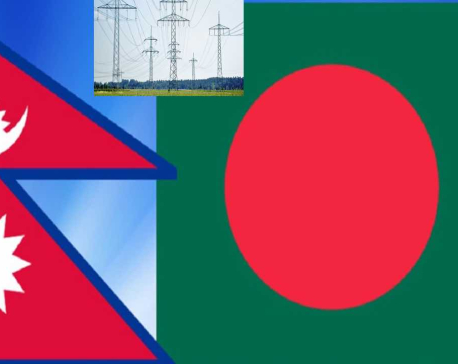
Nepal and Bangladesh reach agreement on electricity tariff
KATHMANDU, March 12: The Nepal Electricity Authority (NEA) and Bangladesh Power Development Board (BPDB) have reached an agreement on the... Read More...
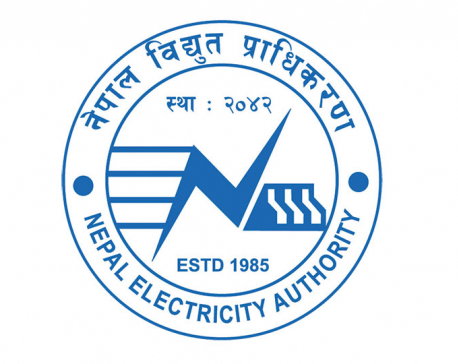
NEA proposes tariff reduction for household users
KATHMANDU, Jan 31: Nepal Electricity Authority (NEA) is preparing to revise electricity tariff for household consumers to increase electricity consumption. ... Read More...

Electricity Regulatory Commission proposes new directive for electricity tariff
KATHMANDU, Nov 7: The Electricity Regulatory Commission has drafted a directive to streamline fixing of electricity tariff by Nepal Electricity... Read More...

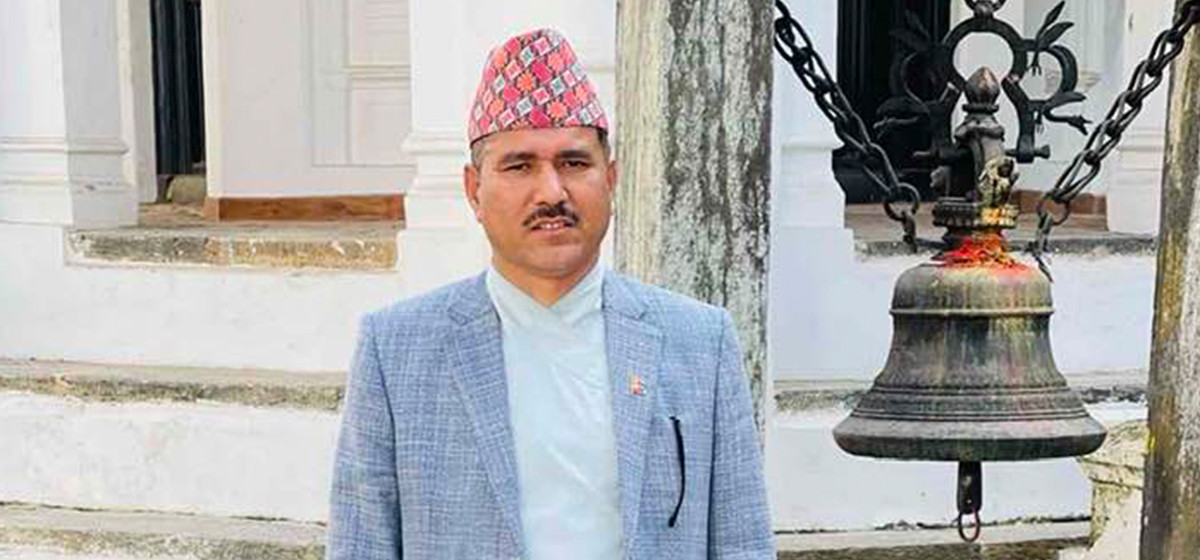
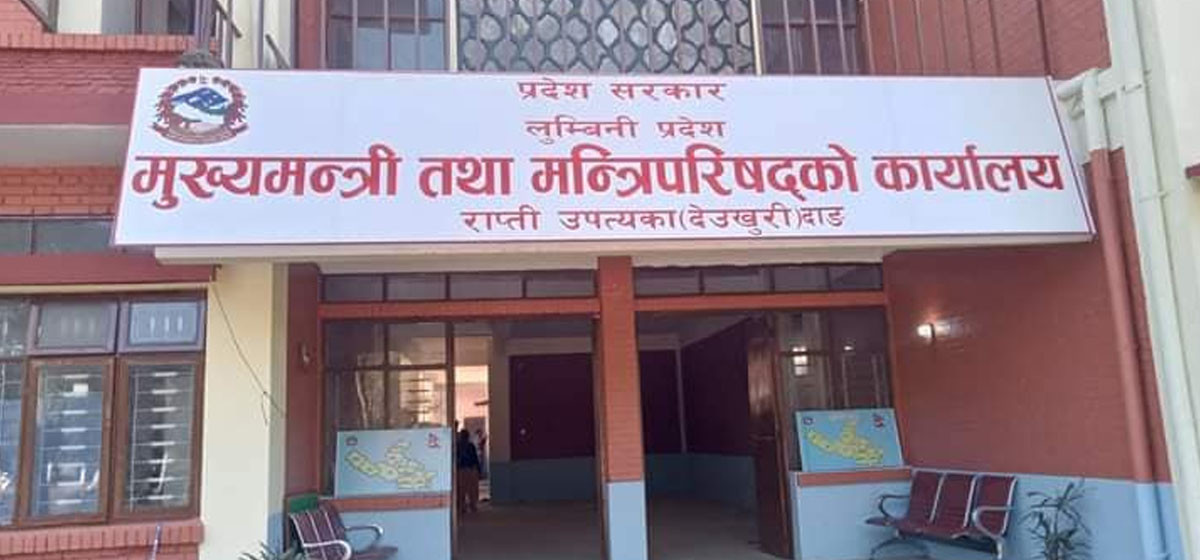
Just In
- ED attaches Raj Kundra’s properties worth Rs 97.79 crore in Bitcoin investment fraud case
- Newly-appointed Auditor General Raya takes oath
- CM Mahara expands Cabinet in Lumbini Province
- FinMin Pun addresses V-20 meeting: ‘Nepal plays a minimal role in climate change, so it should get compensation’
- Nepalis living illegally in Kuwait can return home by June 17 without facing penalties
- 'Trishuli Villa' operationalized with Rs 100 million investment
- Unified Socialist rejoins Lumbini Province govt following ministry allocation
- Police release ANFA Vice President Lama after SC order











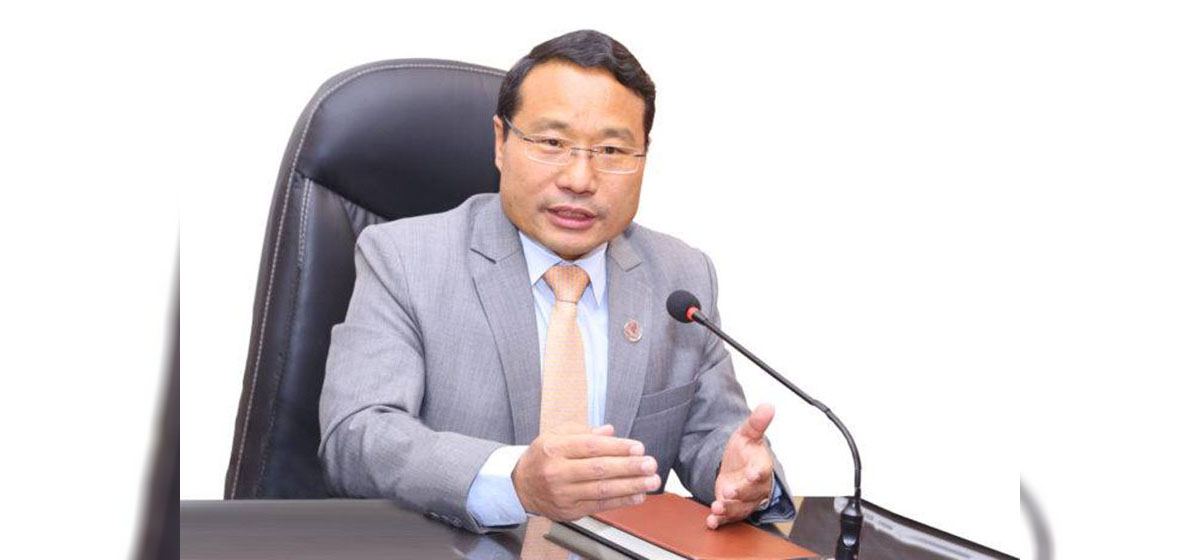


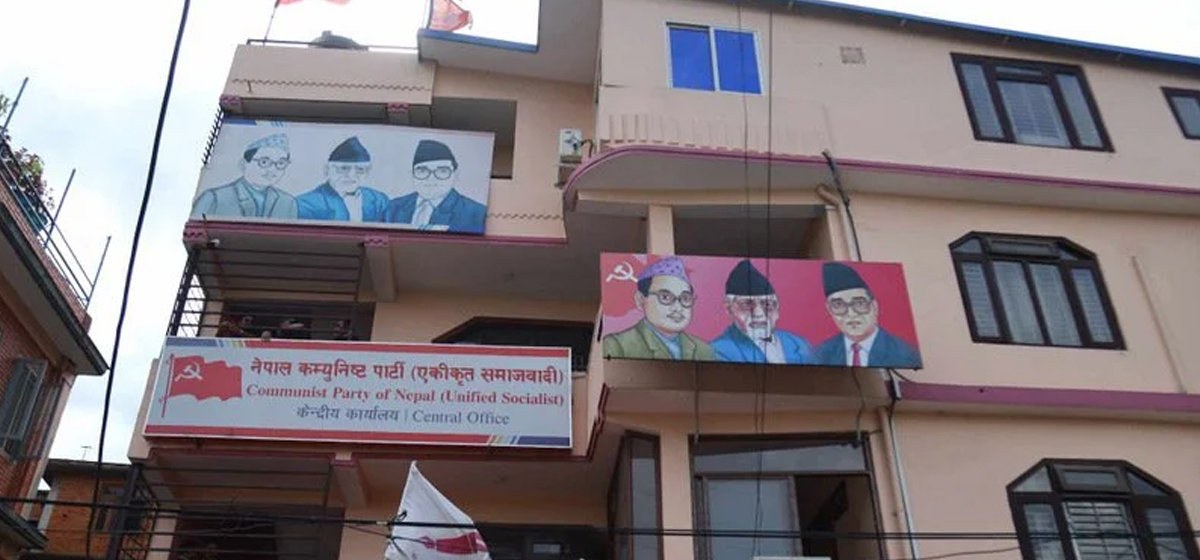

Leave A Comment